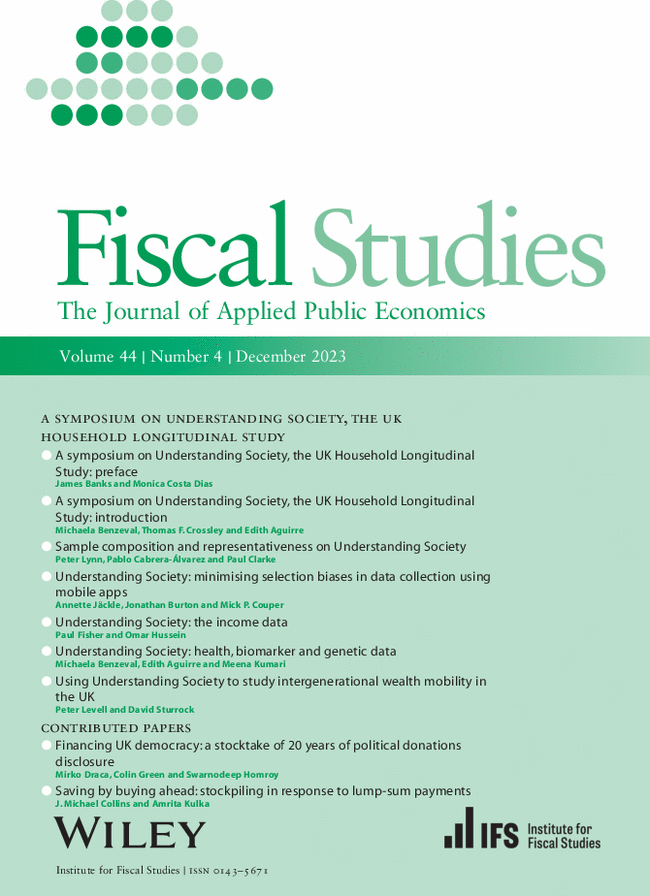Behavioural responses to a wealth tax
IF 2.2
3区 经济学
Q2 BUSINESS, FINANCE
引用次数: 0
Abstract
In this paper, we review the existing empirical evidence on how individuals respond to the incentives created by a net wealth tax. Variation in the overall magnitude of behavioural responses is substantial: estimates of the elasticity of taxable wealth vary by a factor of 800. We explore three key reasons for this variation: tax design, context and methodology. We then discuss what is known about the importance of individual margins of response and how these interact with policy choices. Finally, we use our analysis to systematically narrow down and reconcile the range of elasticity estimates. We argue that a well-designed wealth tax would reduce the tax base by 7–17 per cent if levied at a tax rate of 1 per cent.
对财富税的行为反应
在本文中,我们回顾了个人如何对净财富税产生的激励作出反应的现有经验证据。行为反应的总体幅度差异很大:对应税财富弹性的估计相差800倍。我们探讨了这种变化的三个关键原因:税收设计,背景和方法。然后,我们讨论了个人反应边际的重要性,以及它们如何与政策选择相互作用。最后,我们使用我们的分析来系统地缩小和协调弹性估计的范围。我们认为,如果以1%的税率征收一项设计良好的财富税,将使税基减少7%至17%。
本文章由计算机程序翻译,如有差异,请以英文原文为准。
求助全文
约1分钟内获得全文
求助全文
来源期刊

Fiscal Studies
Multiple-
CiteScore
13.50
自引率
1.40%
发文量
18
期刊介绍:
The Institute for Fiscal Studies publishes the journal Fiscal Studies, which serves as a bridge between academic research and policy. This esteemed journal, established in 1979, has gained global recognition for its publication of high-quality and original research papers. The articles, authored by prominent academics, policymakers, and practitioners, are presented in an accessible format, ensuring a broad international readership.
 求助内容:
求助内容: 应助结果提醒方式:
应助结果提醒方式:


